Advertisement
Artificial Intelligence is no longer some abstract concept floating around in tech blogs. It's right here—in our homes, phones, and even the background of our work meetings. And now, in 2025, some AI products are genuinely standing out. Not because they throw buzzwords at you but because they're quietly making things smoother, faster, and a bit more interesting. Here's a look at ten AI tools that are doing just that.
It’s not just a chatbot anymore. ChatGPT-5 has grown into a full-blown writing, coding, and research assistant that works across apps, tabs, and tasks. You can ask it to summarize a 30-page report while drafting a reply email—and it won’t break a sweat. The speed is impressive, but what sets it apart is how natural the output feels. You’re not getting robotic filler; you’re getting something you can actually send or publish. Also, its memory now lets it keep track of your preferences, so the more you use it, the better it understands how you work.

Photoshop might’ve been around forever, but Firefly adds a whole new edge. This AI art generator doesn’t just turn prompts into images—it edits, colors, resizes, and retouches with an understanding of detail that wasn’t possible before. The “Generative Fill” now works with video, letting you remove entire objects or switch out scenes with just a click and a sentence. For creators who need speed without giving up control, Firefly makes a strong case for being your go-to design assistant.
Forget scrolling through pages of links. Perplexity AI Pro skips all that and gives you direct answers, with sources included right there in the conversation. You can ask complex questions, cross-check topics, or look up stats without bouncing between tabs. What's handy is how it handles follow-up questions. It remembers context and adjusts quickly, which saves time and keeps your head from spinning in ten directions. It's a solid upgrade for anyone who relies on solid information fast.
Sora steps away from the usual AI chatter and focuses purely on storytelling. You feed it a script or idea, and it turns that into a short animated video—complete with motion, sound, and visuals. And no, it doesn’t look like those cut-and-paste AI videos you see everywhere. The results are surprisingly polished. Great for teachers, marketers, or anyone who wants to explain an idea without hiring a video team. What used to take a week can now be done in an hour.
This one’s not software. It’s a physical pendant you wear around your neck, and it records everything you hear and say throughout the day—encrypted and stored locally. That might sound over-the-top, but when you’re in meetings or conversations where you miss details, it becomes a lifesaver. You can search your day like a Google archive: what someone said, the name of that article, or what you promised in passing. You don’t need to remember everything—Rewind does it for you.
Claude 3 Opus is a writing-focused model with a more measured tone than others. If you often need something thoughtful—an email that doesn’t sound rushed, a report that makes sense, or a summary that doesn’t miss the point—Claude handles it well. It also feels less invasive. The suggestions don’t interrupt; they show up quietly. If you're someone who types a lot but edits even more, this one’s worth trying. It helps you sound like you—just on your best day.
Remote work isn’t new anymore, but background noise is still a problem. Krisp doesn’t just filter noise—it erases it. Kids, fans, dogs, traffic—it can scrub all of that from your side of the call (and theirs too). It also works with most conferencing apps without needing any complex setup. If you're often in calls where you have to keep hitting mute or apologize for the racket, Krisp fixes that without changing how you work. And once it’s on, you’ll probably forget it’s even there.
Notion already had a loyal user base, but its AI revamp turned it into something else entirely. It now writes notes, generates meeting agendas, turns to-dos into tasks, and helps you build out whole project plans based on just a few ideas. The best part? It blends in with your existing pages. You don't need to switch tools or adjust to a new interface. You just use Notion like you always did—and now it helps you think, too.
Text-to-speech used to sound clunky and stiff. ElevenLabs fixes that. Its voices are realistic, emotional, and easy to listen to for long stretches. You can upload your voice or choose one from the platform. Podcasters, audiobook creators, YouTubers—they're all jumping on this for a reason. What used to require a studio and hours of takes can now be done in one clean export. And no, it doesn’t sound robotic. You might forget it’s AI at all.
This isn't the old red underline Grammarly you’re used to. GrammarlyGO takes your rough thoughts and rewrites them for different tones, lengths, and formats. You can write something messy and short, and it’ll clean it up for email or slide decks. It also suggests better ways to phrase things as you type. Not in a pushy way—but enough to give you options. It’s basically a co-writer that makes sure your ideas land the way you want them to, especially when the wording just isn’t clicking.

2025 is shaping up to be the year AI tools stopped feeling like toys and started becoming actual workhorses. The ones listed above don’t just make things faster—they make things easier to do well. If you're the kind of person who likes to save time without cutting corners, these are the tools to keep in your corner. Quiet, helpful, and often surprisingly smart.
Advertisement
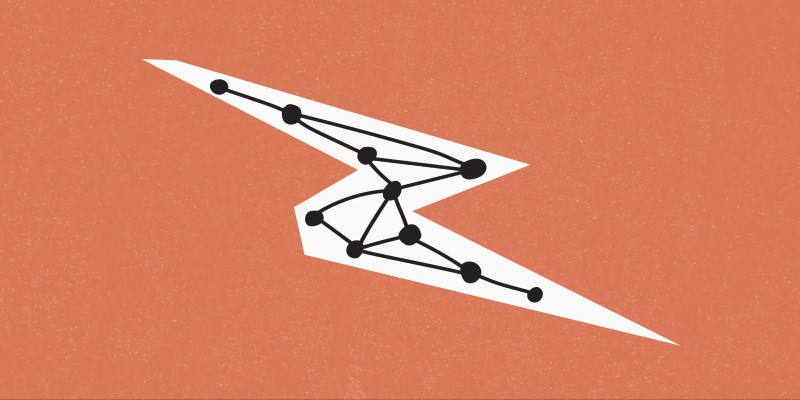
Looking for an AI that delivers fast results? Claude 3 Haiku is designed to provide high-speed, low-latency responses while handling long inputs and even visual data. Learn how it works

What if an AI could read, plan, write, test, and submit code fixes for GitHub issues? Learn about SWE-Agent, the open-source tool that automates the entire process of code repair
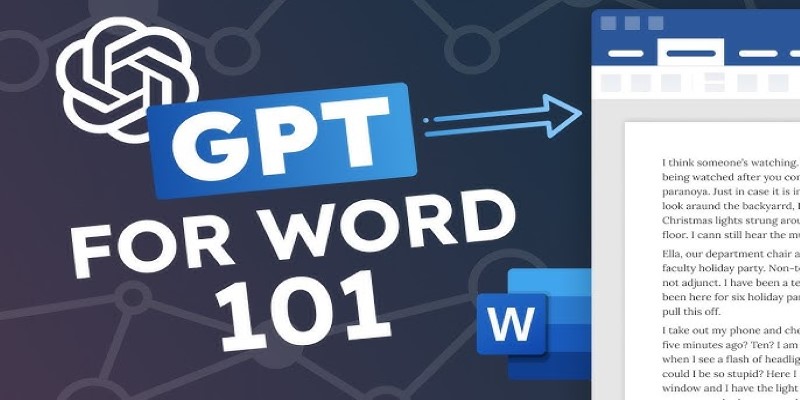
Looking for a quicker way to create documents in Word? Learn how to use ChatGPT to automate your document writing process directly within Microsoft Word

Ever wondered if your chatbot is keeping secrets—or spilling them? Learn how model inversion attacks exploit AI models to reveal sensitive data, and what you can do to prevent it

Find out the concepts of Teradata, including its architecture, key features, and real-world uses. Learn why Teradata remains a reliable choice for large-scale data management and analytics
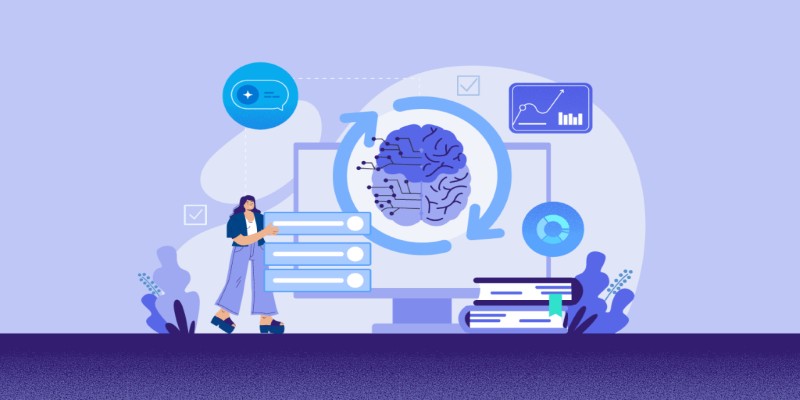
Not sure how Natural Language Processing and Machine Learning differ? Learn what each one does, how they work together, and why it matters when building or using AI tools.
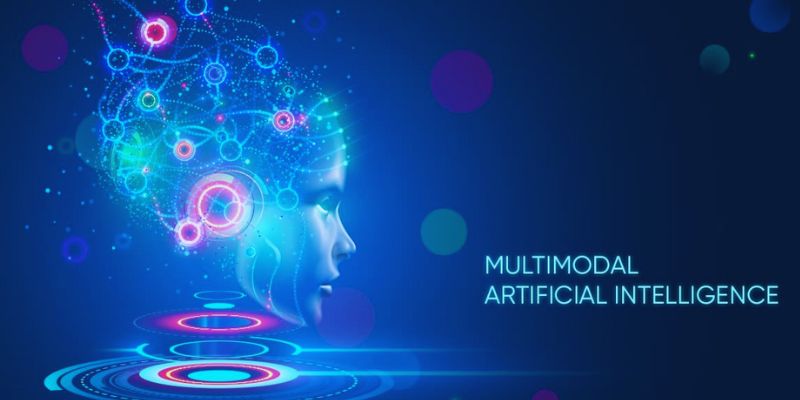
Multimodal artificial intelligence is transforming technology and allowing smarter machines to process sound, images, and text
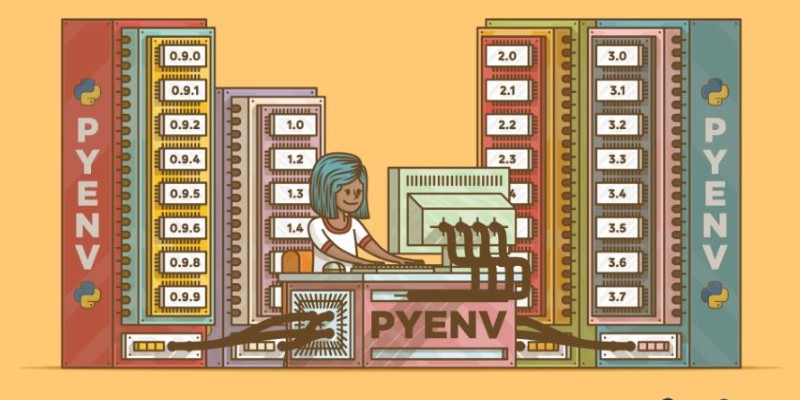
Tired of dealing with messy Python versions across different projects? Learn how pyenv can help you easily install, manage, and switch between Python versions without the headaches
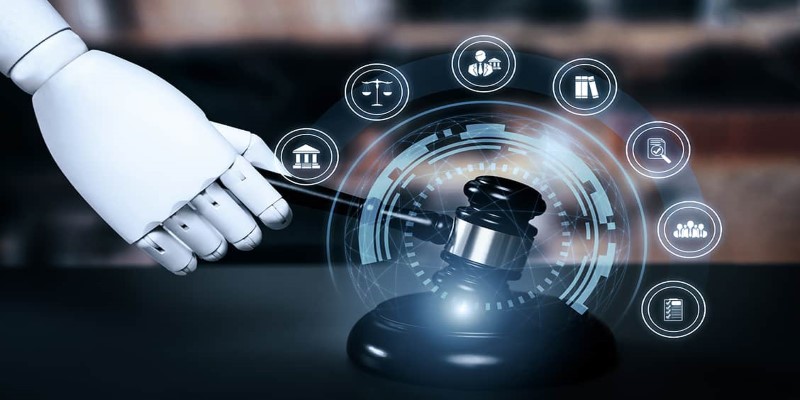
Wondering who should be in charge of AI safety? From governments to tech companies, explore the debate on AI regulation and what a balanced approach could look like
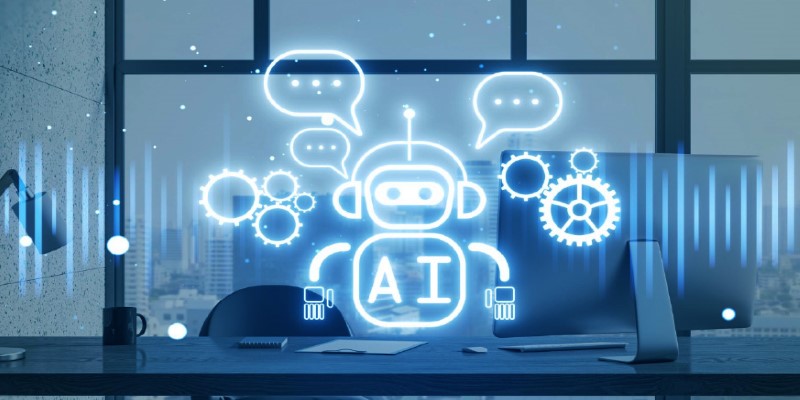
Struggling with code reviews and documentation gaps? Discover how SASVA from Persistent Systems enhances software development workflows, offering AI-powered suggestions

New to ChatGPT? Learn how to use OpenAI’s AI assistant for writing, organizing, planning, and more—no tech skills needed. Here’s how to start and get better results fast

Can smaller AI models really compete with the giants? Discover how Small Language Models deliver speed, privacy, and lower costs—without the usual complexity